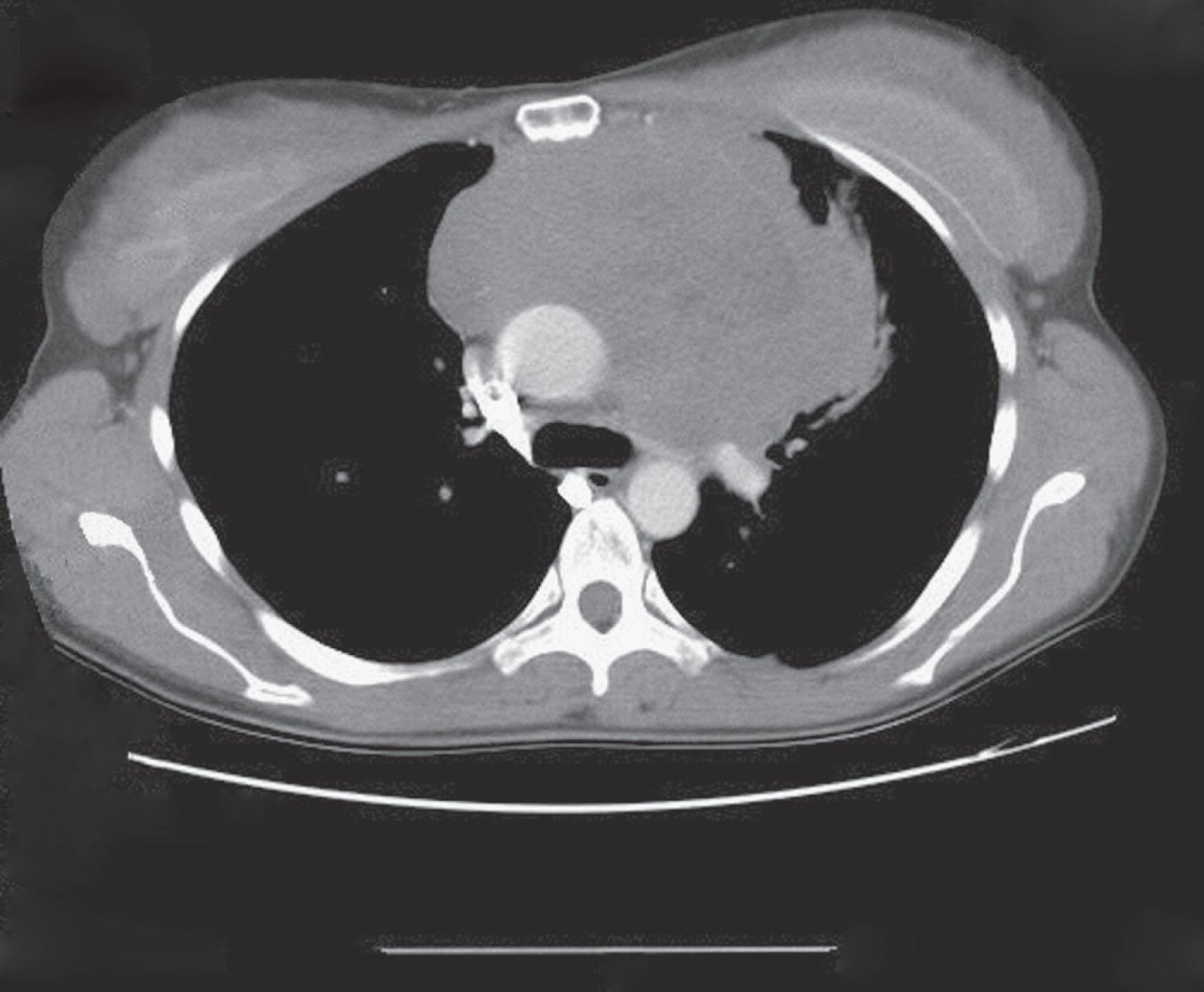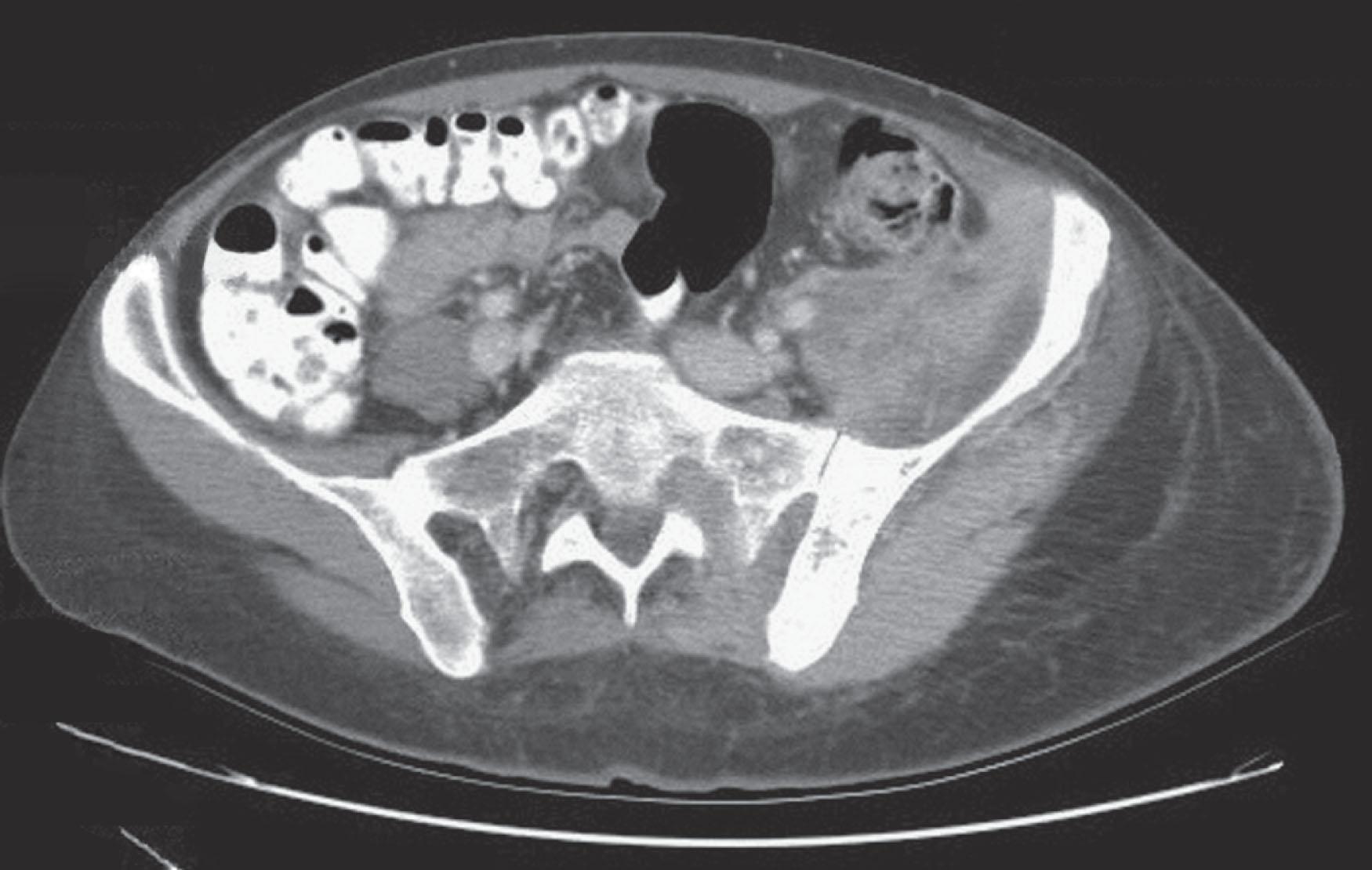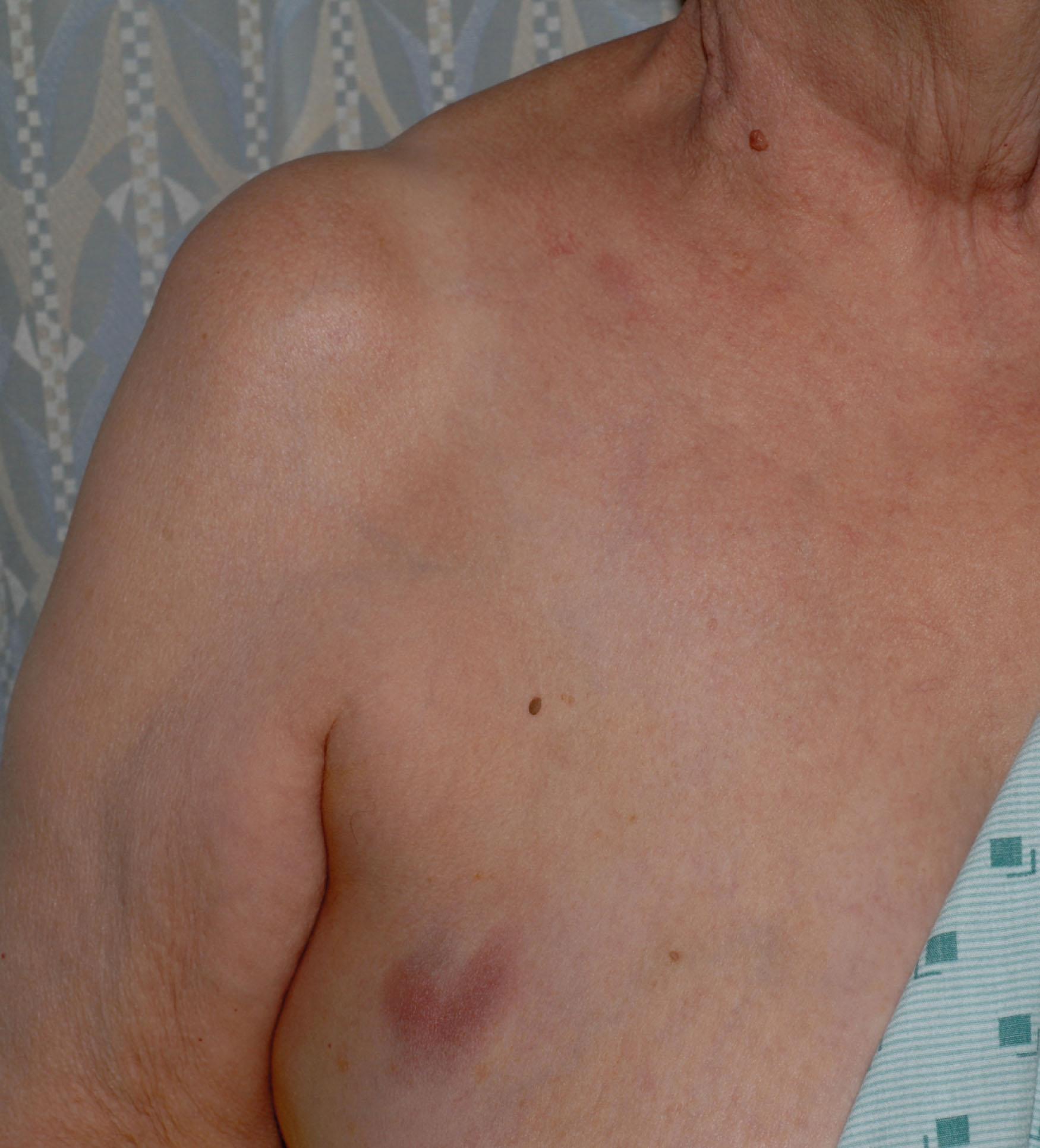Physical Address
304 North Cardinal St.
Dorchester Center, MA 02124
High-grade lymphomas are aggressive hematopoietic malignancies derived predominantly from transformed B cells. Notable subtypes include diffuse large B-cell lymphoma (DLBCL), high-grade B-cell lymphoma with MYC and BCL2 and/or BCL6 rearrangements (HGBCL), and Burkitt lymphoma (BL). Although these entities share many clinical and biologic features, the approach to their management is different; therefore an accurate histologic diagnosis is of utmost importance. There have been several recent therapeutic advances in the management of these diseases, and treatment is curative in a large proportion of patients. As a result, prompt diagnosis, evaluation, and institution of appropriate therapy are imperative.
DLBCL is the most prevalent histologic subtype of non-Hodgkin lymphoma (NHL) (of which there are approximately 77,000 new cases per year in the United States) and comprises 30% to 40% of all NHL. Although the median age at diagnosis is in the seventh decade of life, DLBCL affects children and adults of all ages, and it is slightly more common in males than females. Although the etiology of DLBCL is unknown in most cases, it can arise from transformation of an indolent lymphoma. A history of immunodeficiency is a significant risk factor, and individuals who are human immunodeficiency virus (HIV) positive have a much higher incidence of DLBCL compared with those who do not have HIV.
The pathobiology of DLBCL is heterogeneous, and within DLBCL, there are several morphologic variants that include centroblastic, immunoblastic, T-cell rich or histiocyte-rich (see E-Slide VM03959), and anaplastic subtypes. Progress using techniques such as molecular profiling and other high-resolution genomic technologies are further advancing this taxonomy. There are also several clinical-pathologic variants of DLBCL. Primary mediastinal B-cell lymphoma (PMBL), for example, commonly presents in young females and frequently remains localized to the mediastinum ( Fig. 85.1 ). Primary central nervous system lymphoma (PCNSL) is another rare subtype of DLBCL that rarely disseminates to extraneural sites and is observed with higher frequency in HIV-positive individuals (see Chapter 84 ). It is important to recognize that DLBCL can also arise as a result of histologic transformation from an indolent lymphoma. Although this differentiation may not affect treatment choice initially, it may impact natural history and prognosis of the lymphoma and therefore needs to be recognized at diagnosis.

The neoplastic cells of DLBCL express pan B-cell markers, including CD20, and surface or cytoplasmic immunoglobulin is often demonstrated. CD10, BCL6, and IRF4/MUM1 are variably expressed, and the proliferation index as measured by Ki67 staining is typically high in the range of 70% to 90%. Approximately 30% of cases show abnormalities involving the BCL6 gene, and translocation of the BCL2 gene, a hallmark of follicular lymphoma, is present in 20% to 30% of cases. Approximately 10% of cases of DLBCL harbor a t(8:14) MYC translocation, which also characterizes BL. The presence of certain translocation combinations has been associated with inferior outcomes following standard therapies. In particular, a new entity called “high-grade B-cell lymphoma with MYC and BCL2 and/or BCL6 translocations” (HGBCL; colloquially “double hit” lymphoma) has been defined.
Gene expression profiling has defined a new molecular taxonomy for DLBCL. This is continuously evolving as molecular insights into B-cell lymphoma biology become more refined. Morphologically indistinguishable tumors can show marked heterogeneity in gene expression, and these patterns of expression may be classified into signatures that correspond to the cellular origin of the lymphoma according to its stage of B-cell differentiation; on the basis of these signatures, most cases of DLBCL can be divided into a germinal center B-cell (GCB)-like or activated B-cell (ABC)-like subtype. Recently, the identification of genetic heterogeneity within these subtypes has led to further molecular subclassifications. Molecular subclassifications of DLBCL are important in that they may define diseases with disparate outcomes and permit development of therapeutic approaches rooted in disease biology, which address the heterogeneity of DLBCL.
The clinical presentation of DLBCL is variable and depends on a number of factors, including histology, patient age, and immune status. The disease typically presents with lymphadenopathy that can range from relatively asymptomatic to causing pain ( Fig. 85.2 ), causing organ compromise such as ureteral obstruction or spinal cord compression. The involvement of bone marrow (BM) is much less frequent than with indolent lymphomas and is present in approximately 20% of cases.

Patients may have constitutional manifestations from the production of inflammatory molecules and a variety of other cytokines and chemokines produced by the lymphoma cells or host tissues. Such manifestations include weight loss, malaise, fevers, night sweats, and loss of appetite. Of these, unexplained weight loss of more than 10% of body weight, temperature higher than 38o C, and drenching night sweats are referred to as “B symptoms.”
Patients should be questioned about systemic symptoms, and their performance status should be assessed ( Table 85.1 ). It is important to determine if there is a history of potential causative factors such as prior malignancy, chemotherapy or radiation treatment, or autoimmune or immunodeficiency diseases. A history of infection with or exposure to various pathogens, including HIV and hepatitis B and C, should be excluded. A detailed physical examination should be performed with particular attention to lymph node (LN) regions. Skin involvement by DLBCL is rare but may consist of violaceous papules or larger masses ( Fig. 85.3 ).
| Performance Status | Definition |
|---|---|
| 0 | Asymptomatic |
| 1 | Symptomatic but fully ambulatory |
| 2 | Symptomatic and in bed <50% of the day |
| 3 | Symptomatic and in bed >50% of the day |
| 4 | Bedridden |

An accurate histologic diagnosis is imperative to determine the patient’s prognosis and treatment; therefore the single most important diagnostic test is a technically adequate and properly evaluated tissue biopsy—optimally an excisional surgical biopsy. Although core needle biopsy may suffice in some cases, tissue may be inadequate to assess nodal architecture or perform ancillary studies, leading to delay in definitive diagnosis and subclassification. With few exceptions, fine-needle aspiration is inadequate for diagnosis. Aggressive lymphoma should be diagnosed by an experienced hematopathologist familiar with the nuances and pitfalls of lymphoma diagnosis.
Laboratory tests should include a complete blood count; serum chemistry, including lactate dehydrogenase (LDH); and HIV and hepatitis serology tests ( Table 85.2 ). The latter should be included due to the importance of identifying patients with active hepatitis and a history of hepatitis B, because they will likely require treatment with antivirals, viral load monitoring, or both (see box on Hepatitis B Prophylaxis and Therapy During Lymphoma Treatment ). Epstein-Barr virus (EBV) viral loads may also be useful in specific lymphomas such as posttransplant lymphoproliferative disorders (PTLDs) and certain types of EBV-positive DLBCL. An elevated LDH level has adverse prognostic implications for patients with DLBCL.
There is a risk of hepatitis B reactivation both from chemotherapy and rituximab, and this is a potentially fatal complication. We check hepatitis serology (hepatitis B surface antigen [HBsAg], hepatitis B surface antibody [anti-HBs], and hepatitis B core antibody [anti-HBc]) in all patients at the time of lymphoma diagnosis. Patients with active hepatitis B receive antiviral medication, and liver function tests (LFTs) and hepatitis B viral loads are monitored closely. Patients with a history of hepatitis B infection (anti-HBc positive but HBsAg negative) should either receive antiviral prophylaxis or have the hepatitis B viral load closely monitored with a low threshold to commence antiviral medications.
| All Patients | As Clinically Indicated |
|---|---|
| History and physical examination | CT or MRI of head |
| CBC and chemistry (including LDH) | Other additional imaging |
| HIV and hepatitis B and C serology | CSF evaluation by cytology or flow cytometry |
| CT scan of chest, abdomen and pelvis | Upper endoscopy or colonoscopy |
| Body FDG-PET scan | Other tests indicated by results of staging |
| BM aspirate and biopsy |
Become a Clinical Tree membership for Full access and enjoy Unlimited articles
If you are a member. Log in here